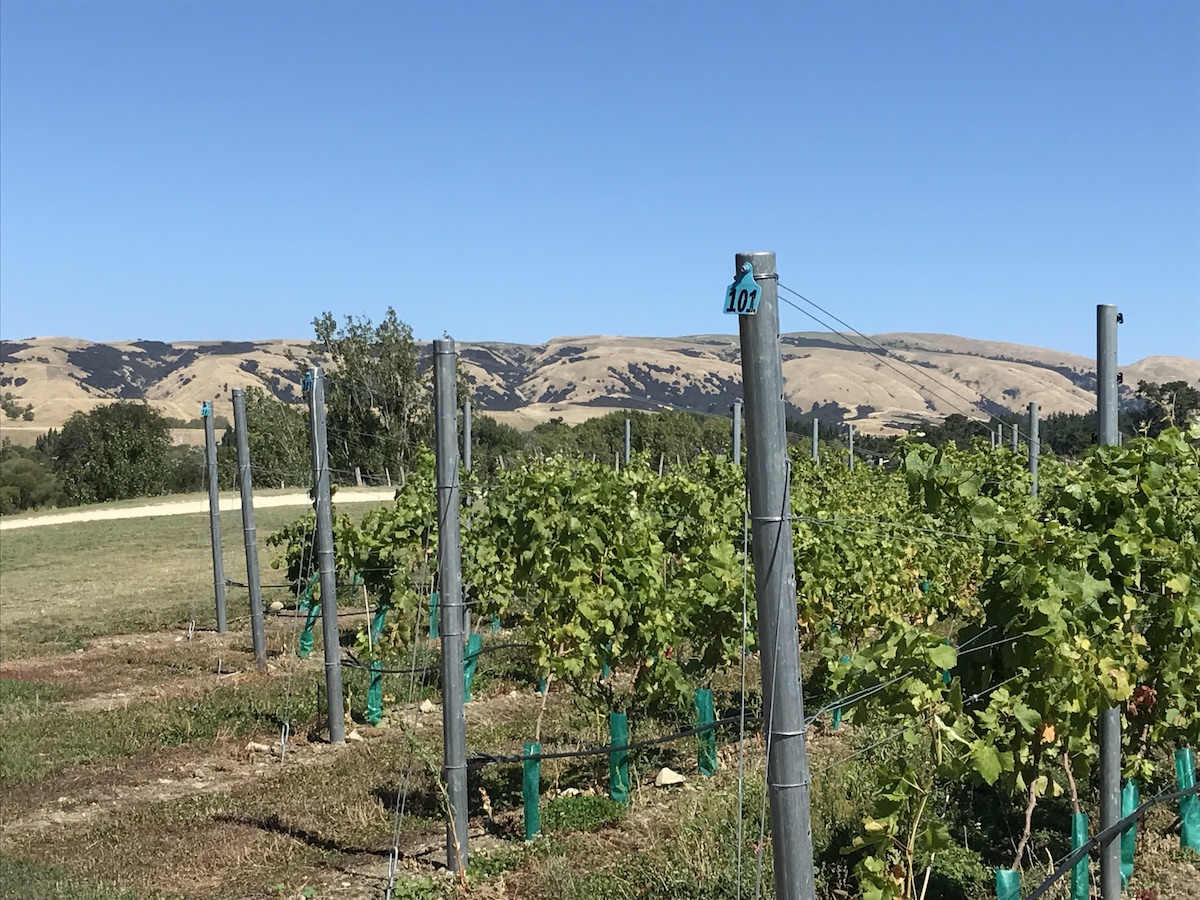
VINUM, ET AL
My husband and I just returned from a two-week trip to New Zealand’s North Island. My roots are Kiwi – my dad was born in Wellington and I lived in Nelson (located on the South Island) for a handful of years. The biggest reason for the journey was to see family, have a break from winter and soak up an easy-going, subtropical climate. The entire trip took place on the North Island. It started in Wellington and continued northward. Along the way, we made a point of visiting local wineries and breweries.
You are no doubt familiar with New Zealand Sauvignon Blanc (NZ SB). The area that produces the lion’s share of NZ SB is Marlborough, a world-class wine region located on the South Island whose number one crop is SB. It’s hard to go wrong when picking out which one to buy. The commonly imported labels we see here in the U.S. on the grocery store shelves are Oyster Bay, Matua, Nobilo, Picton Bay, Babich, Starborough and Kim Crawford, to name a few. Most of these brands are value priced at around $8 – $14. The most recent vintage (or harvest) from New Zealand is March/April of 2016. Pay attention and only buy 2016. I cannot stress enough the importance of “fresh vintage” when it comes to tank-fermented and finished white wines.
I love my Marlborough, but my favorite wine region in New Zealand is Martinborough. Yes, easy to confuse by the look of the letters. The town of Martinborough, in the Wairarapa (why-RAP-ah) region, is located about an hour’s drive north of Wellington. Martinborough is a small, laid back wine country village not unlike Sonoma County’s Geyserville bursting with fresh and lively culinary fare, restored sun-baked storefronts and friendly faces. Like California in the summer, the Wairarapa looks a lot like Sonoma and Napa – golden hills dotted with clumps of trees hugged by lovingly stewarded vineyards. And the wines are stunning. Sauvignon Blanc and Pinot Noir are their most celebrated quaffs.
Wairarapa vineyards tend to be planted on high alluvial terraces in deep stony and free-draining soils. Climatically, the area is similar to Marlborough, with low rainfall, high sunshine hours and cool nights. Although Martinborough produces only 1.4 percent of New Zealand’s wines, they are worth seeking out. For a quick consumer tutorial check out K & L Wines online – KLwines.com. In the search field type in Martinborough to read expert reviews and glean a more detailed perspective of this boutique region. Use caution; you will be tempted to fill your cart.
Pam Long is a wine educator, consultant and writer. Consider a career in the Wine and Beverage industry and earn your Wine Studies Certificate through HSU’s eLearning & Extended Education. Pam is also presenting a Wines of New Zealand seminar on April 1st through HSU’s OLLI program. Email Pam: thewinedummy@gmail.com.



Leave a Reply